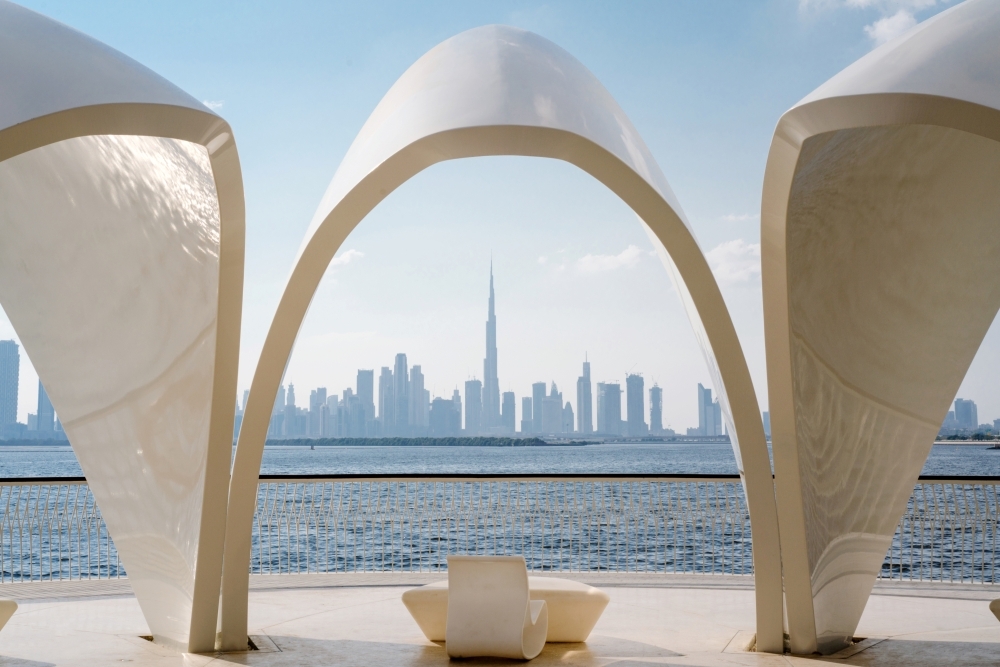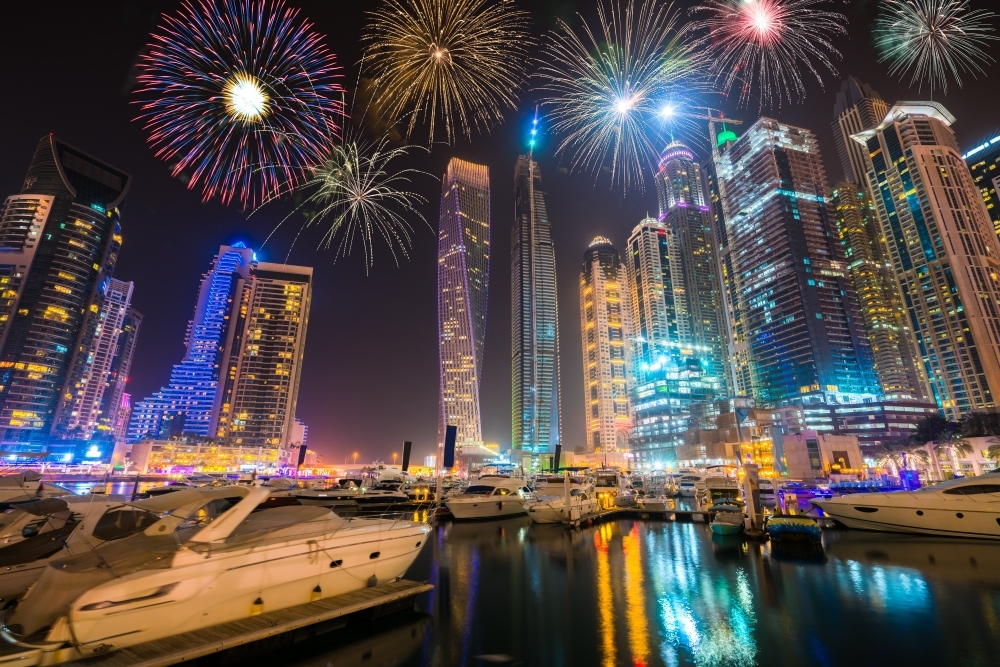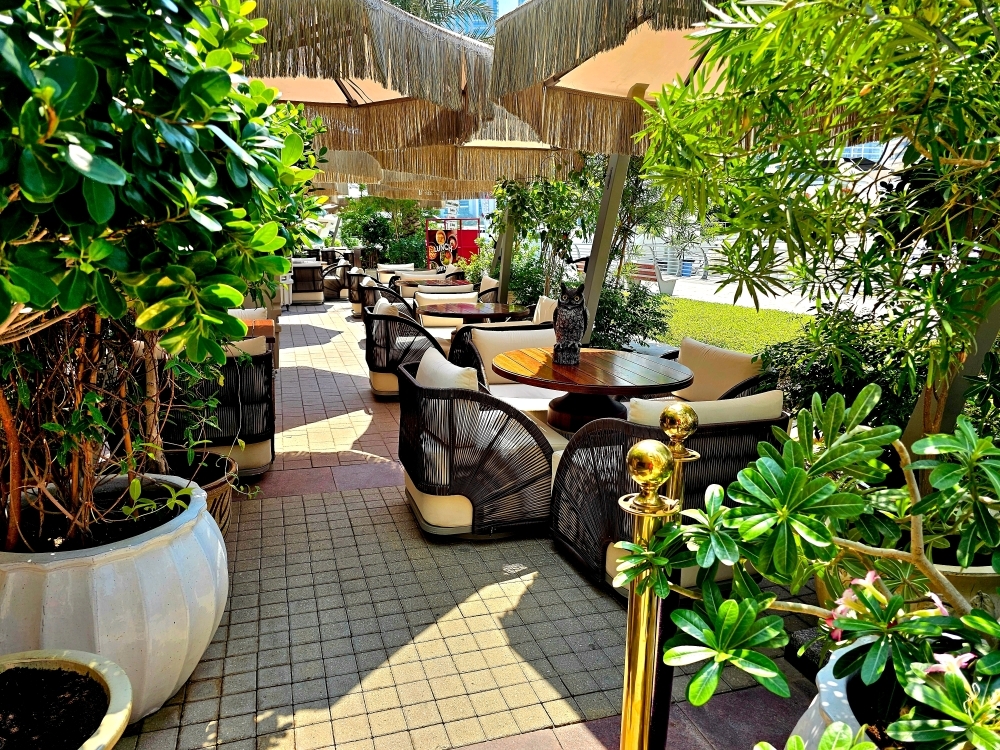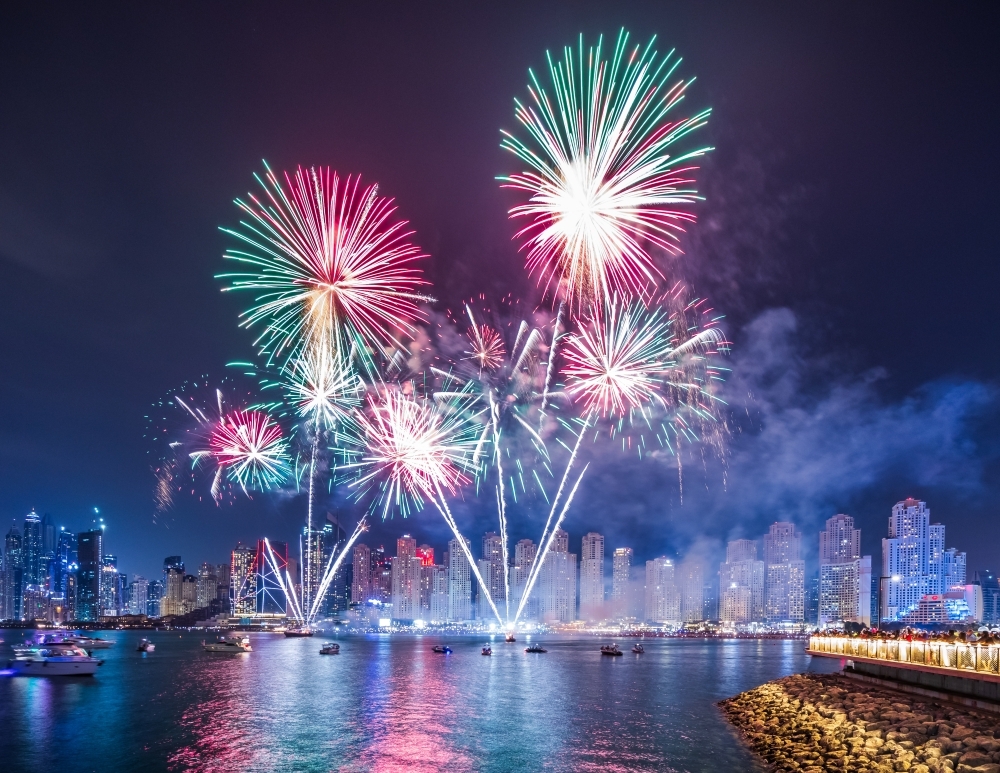Zabeel Stadium: The Making of Dubai’s Football Heartland
Amid Dubai’s quick rise of steel and glass, architectural ambition often rivals the horizon. Yet long before Dubai’s towers pierced the clouds, Zabeel Stadium had already become a fixture in the city's life. Completed in 1974 and ceremonially inaugurated on 20 October 1980, it quickly grew into a gathering place where Al Wasl Football Club forged its identity, and fans found their voice under the glow of four towering floodlights. Even with a modest capacity of around 8,400, it became a touchstone for local sport – a venue where generations of Emirati football fans have celebrated victories, endured heartbreak, and chanted together in harmony. Zabeel Stadium has seen legends stride its sidelines, none more iconic than Diego Maradona commanding the touchline, and it has welcomed some international fixtures when geopolitics sought a neutral stage for the game to go on.
In this article, we trace the story of Zabeel Stadium – from its humble beginnings to its place in Dubai's sporting legacy.

A Sporting Landmark and Key Events
Zabeel Stadium’s roots reach back over half a century, making it one of the oldest established sports venues in the UAE. This early start made the stadium part of Dubai’s initial wave of sporting infrastructure, brought to life under the patronage of the late Sheikh Rashid bin Saeed Al Maktoum, who oversaw the creation of the club’s first facilities in the Za’abeel area during the 1970s.
The Za’abeel name itself refers to a locality that houses the city’s royal palace. The district was once an open stretch of desert, which has now turned into a central district. From its Zabeel Stadium base, Al Wasl F.C., known as The Emperor, secured eight national league titles, including a record 12-match winning streak in 1988. The venue drew global attention in 2011 when legendary Argentine footballer Diego Maradona took charge as manager, a brief but celebrated chapter in the club’s history.
Beyond sports, the stadium has occasionally doubled as a cultural venue. In 2001, Irish pop band Westlife performed a concert there as part of their “Where Dreams Come True” world tour. Thousands of fans gathered on the pitch and stood that night. More recently, the venue even hosted international football fixtures on neutral ground – for example, during the Qatar 2022 World Cup qualifiers, when conflict prevented the Syrian national team from playing at home, their match against South Korea was held at Zabeel Stadium.
Architecture and Unique Design Features
The stadium was originally designed by Canadian architect Awsam Matloob and constructed under the direction of Mohsen Zolfaghary’s engineering team. Its design is modest yet highly utilitarian, blending straightforward 1970s functionalism with local ambition. The concept takes the shape of a classic open-air football ground featuring a main grandstand and surrounding terraces, arranged in a bowl shape to offer unobstructed sightlines for spectators.
With a standard capacity of around 8,400 seats, expandable with temporary stands for special events, Zabeel Stadium provides an intimate atmosphere where fans are close to the action, and this intimacy is often cited as one of the venue’s charms.
One of Zabeel Stadium’s defining features since its early years is its floodlighting system. When they were introduced, these advanced floodlights were among the first of their kind in the region. Those four iconic towers have illuminated countless evening games, from domestic league derbies to high-stakes cup finals, and remain an instantly recognisable aspect of the stadium’s skyline.
Over time, the stadium has seen periodic upgrades to keep pace with modern expectations: improved seating, an electronic scoreboard, and enhanced safety systems. By the 2000s, Zabeel Stadium featured amenities like VIP hospitality suites, media press boxes, renovated locker rooms, and concession areas, ensuring comfort and functionality despite its age.
Ownership and Al Wasl Club Affiliation
Zabeel Stadium, since its inauguration, has been linked to Al Wasl F.C., one of Dubai’s most established football clubs. Its history is intertwined with Dubai’s ruling family, being owned and operated by entities associated with Al Wasl Sports Club, including the Zabeel Construction Club, led by Mohsen Zolfaghary.
Al Wasl, founded in the 1960s, quickly came under royal patronage. Sheikh Ahmed bin Rashid Al Maktoum, son of the then Ruler Sheikh Rashid, became club president in its early years and continues to hold the position today. At that time, even Sheikh Mohammed bin Rashid Al Maktoum, now Dubai’s Ruler, played in defence for Al Wasl’s predecessor side, then known as Al Zamalek. Those royal ties gave the stadium a unique identity as the Emperor’s home, where stars like Fahad Khamees and Zubair Bakhit built a legacy that earned Al Wasl the title of UAE’s “Club of the 20th Century”.
Location and Urban Context in Za’abeel
Zabeel Stadium’s location is a key part of its story, sitting in a district that bridges old and new Dubai. The stadium lies in Za’abeel, a central area known for its royal palace and expansive parkland, only a short distance from the city’s financial and shopping hubs. The stadium is just minutes away from the Dubai World Trade Centre and the DIFC, and only a couple of kilometres from Downtown Dubai, including the Dubai Mall and Burj Khalifa.
To the north of the stadium is Za’abeel Park, one of Dubai’s largest green spaces and home to the famed Dubai Frame structure that towers 150 metres high at the park’s edge. The park’s presence not only provides a scenic backdrop but also enhances the area’s desirability, as properties overlooking the greenery of Za’abeel Park, such as the new Park Gate Residences towers, have become highly sought after.
Directly west of the stadium, across the Sheikh Zayed Road, the city’s skyline is highlighted by the brand-new One Za’abeel development. Opened in February 2024, One Za’abeel features two skyscrapers joined by “The Link”, which is a record-breaking cantilevered sky concourse.
Zabeel Stadium is well served by Al Jafiliya Metro and flanked by major roads like Sheikh Rashid and Oud Metha. The Nearby Za’abeel Palace lends an air of prestige that rubs off on the surrounding neighbourhoods.
Conclusion
Zabeel Stadium’s historical significance as one of Dubai’s first major football grounds in the 1970s and its role today as a cherished home for Al Wasl Club encapsulate the passion for sport that runs through the city’s history.
While its architecture and features are still humble in comparison to today’s mega-stadiums, it remains comfortable and competitive. Its presence at the heart of the Za’abeel district has anchored it as a desirable enclave, where a weekend match can easily spill into a five-star hotel stay or a stroll through an art exhibition.



